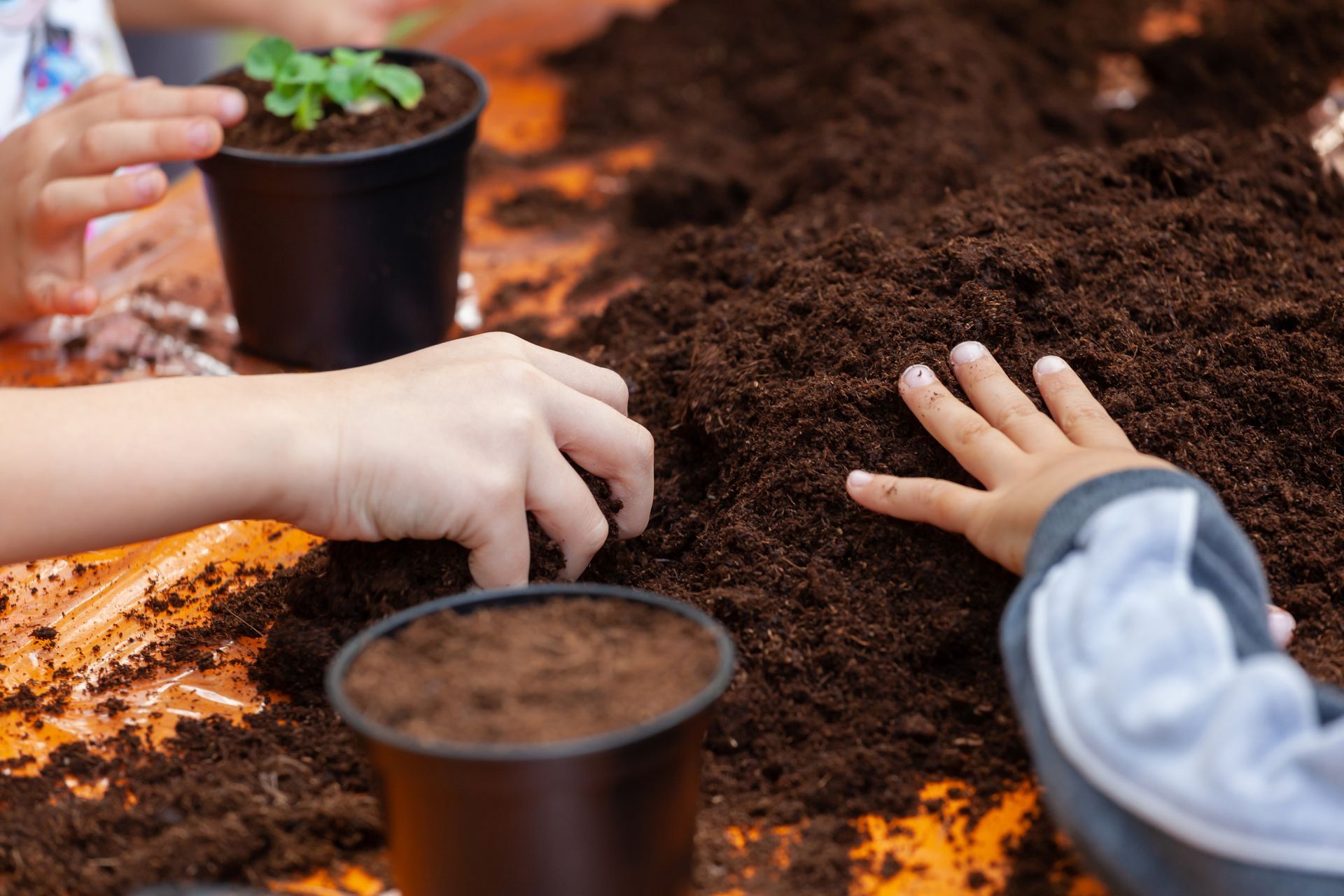How Equine Therapy Helps Children Thrive
Equine therapy, also known as horse-assisted therapy, is a powerful tool for helping children overcome emotional, physical, and developmental challenges. With their gentle nature and intuitive sensitivity, horses provide a unique therapeutic experience that goes beyond traditional methods.
Boosting Confidence and Emotional Growth
Interacting with horses fosters self-confidence and emotional resilience. Caring for and riding these majestic animals teaches responsibility, patience, and problem-solving skills, helping children develop a sense of accomplishment and independence.
Enhancing Communication and Social Skills
For children struggling with communication—whether due to autism, anxiety, or other conditions—horses offer a non-judgmental and responsive presence. Engaging with them encourages non-verbal communication, emotional regulation, and trust-building, which can translate to improved interactions with people.
Improving Physical Strength and Coordination
Horseback riding is an excellent physical activity that strengthens muscles, improves balance, and enhances motor skills. Children with mobility challenges, such as those with cerebral palsy, often experience increased strength and flexibility through riding exercises.
Reducing Stress and Anxiety
The rhythmic motion of riding and the calming presence of horses can have a soothing effect, helping children manage stress, anxiety, and even symptoms of PTSD. Simply being around horses has been shown to lower cortisol levels and promote relaxation.
Equine therapy offers a holistic approach to healing, making it an invaluable resource for children in need of emotional, physical, or developmental support. With each ride, brushstroke, and moment of connection, these children are given the opportunity to grow, heal, and thrive—one hoofbeat at a time.

